Childhood Friend Complex manga by Bato stands out as a warm and relatable romance webtoon that captures the essence of growing up alongside someone dear. For fans who gravitate toward heartfelt relationship stories, Childhood Friend Complex Bato delivers an authentic glimpse into the transformation of childhood friendship into something deeper.
Set against the backdrop of everyday life, this manga gently explores the hesitations, joys, and unspoken emotions between the protagonists. Readers are drawn in by the sensitive storytelling and the depth of the connections portrayed. If you’re seeking a series that masterfully combines nostalgia, complex character emotions, and the timeless charm of childhood bonds, Childhood Friend Complex manga Bato is a title you won’t want to miss.
A Journey from Friendship to Love
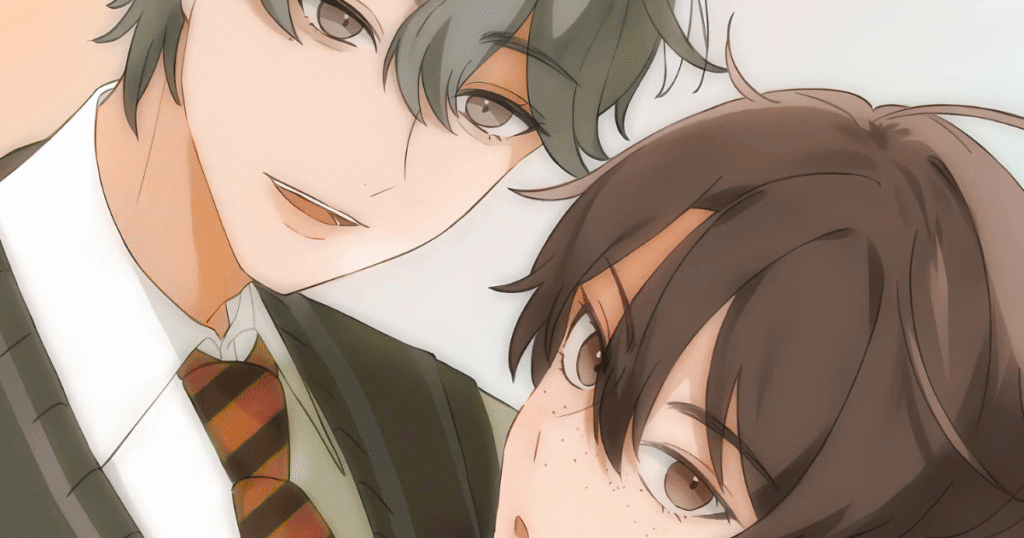
At the heart of Childhood Friend Complex by Bato is a beautifully detailed exploration of how close friendships can slowly, almost imperceptibly, evolve into something more. The manga follows Ha-neul and Mincheol, two longtime companions whose familiarity and shared history set the stage for a nuanced romantic journey. Unlike stories that plunge straight into confession and romance, this series takes its time, showing readers the gentle progression of feelings through the small moments and everyday interactions that shape their relationship.
Every scene builds on years of inside jokes, personal rituals, and quiet support ingredients that make their bond feel authentic and deeply rooted. It’s in these subtleties that Childhood Friend Complex excels. Readers watch as the characters navigate the challenges of adolescence: unspoken insecurities, family dynamics, changing social circles, and personal growth. Through it all, their friendship remains a comforting anchor, but it’s clear that emotions are shifting beneath the surface.
The narrative skillfully captures the awkwardness of realizing feelings might be changing, as well as the fear of jeopardizing something precious. This makes the story relatable to anyone who’s ever wondered what lies beyond the comfort of a platonic connection. For those who appreciate romance built on a foundation of trust and genuine affection, Childhood Friend Complex offers a slow-burning, relatable tale that resonates long after each chapter ends.
Character Analysis: Ha-neul and Mincheol
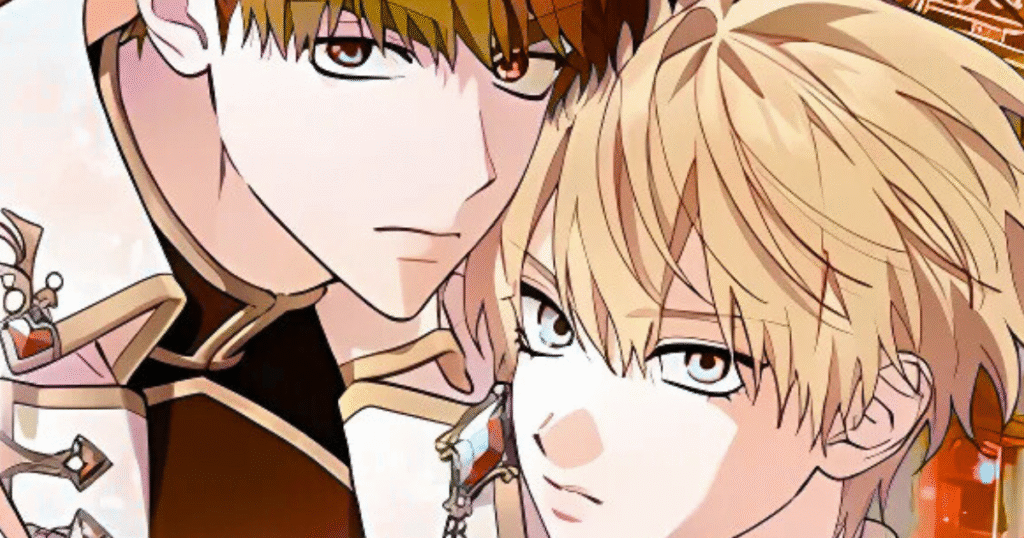
The true emotional heartbeat of Childhood Friend Complex manga Bato lies in its central characters, Ha-neul and Mincheol. Far from being just archetypes of the romance genre, these two are depicted with layers of vulnerability and authenticity that set them apart.
Ha-neul’s gentle resilience and thoughtful nature often act as a grounding force, balancing Mincheol’s playful energy and hidden insecurities. Their chemistry isn’t born out of dramatic declarations but instead blossoms through shared histories, tiny gestures, and understanding that only long-standing friends can possess.
Bato doesn’t shy away from showcasing the imperfections that make Ha-neul and Mincheol relatable. Their interactions reflect genuine struggles miscommunications, moments of jealousy, or the silent longing that’s hard to put into words.
These are characters shaped by their environment, family expectations, and the gradual realization that their feelings are shifting into unfamiliar territory. Readers are drawn to their struggles and triumphs, recognizing the bittersweet moments when friendship teeters on the edge of romance.
What makes their story compelling is not just the will-they-won’t-they dynamic, but the emotional honesty with which they confront their feelings.
Watching Ha-neul and Mincheol navigate changes while holding onto their cherished bond is what keeps readers invested. Their journey isn’t just about falling in love; it’s about figuring out if risking their friendship might lead to something even more meaningful.
Themes: Slow Burn Romance and Emotional Storytelling
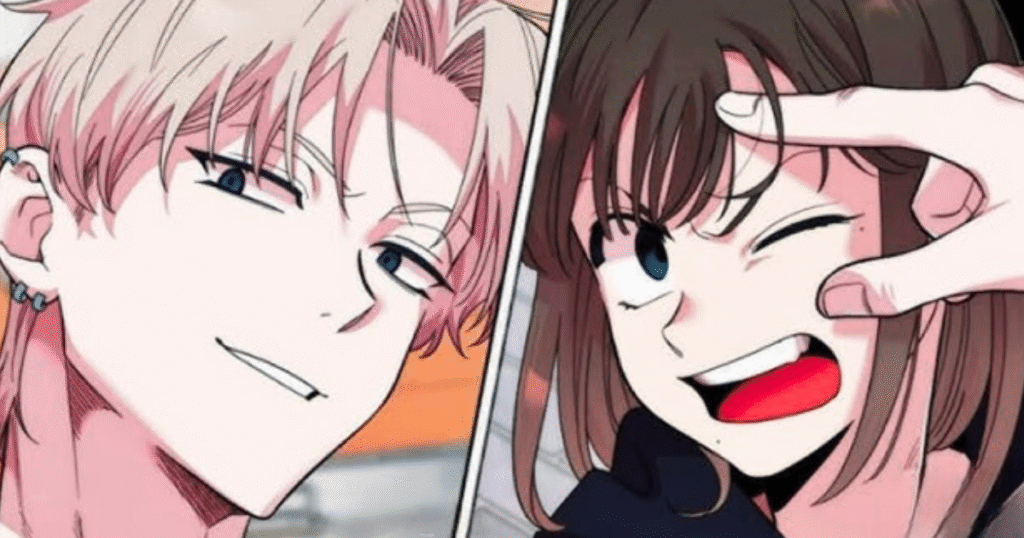
A defining strength of Childhood Friend Complex manga Bato is its careful embrace of the slow burn romance trope. Rather than hastily pushing its characters toward a romantic resolution, the narrative luxuriates in the gradual evolution of feelings over time.
This measured pacing allows readers to savor every subtle glance, hesitant gesture, and quiet moment of vulnerability between Ha-neul and Mincheol. The story’s emotional depth is revealed not through dramatic plot twists but through the accumulation of small, authentic exchanges that convey what words sometimes can’t.
This approach to romance amplifies the emotional storytelling at the core of the manga. With each chapter, Bato unpacks the complexities of growing up with someone who knows you inside out someone whose presence can be both comforting and, at times, agonizingly ambiguous.
The tension is not contrived; it bubbles up naturally from the characters’ shared history and their fear of altering the status quo. Readers witness the highs and lows of their connection, from playful banter and shared memories to misunderstandings and moments of quiet doubt.
What resonates most is the relatability of longing for more while cherishing what already exists. The manga’s exploration of emotional honesty and the risks of confronting hidden feelings results in a reading experience that is both poignant and rewarding.
For lovers of romantic slice-of-life stories, Childhood Friend Complex Bato stands out for its sincerity, making each step in Ha-neul and Mincheol’s journey feel genuinely earned.
Plot Development and Key Moments
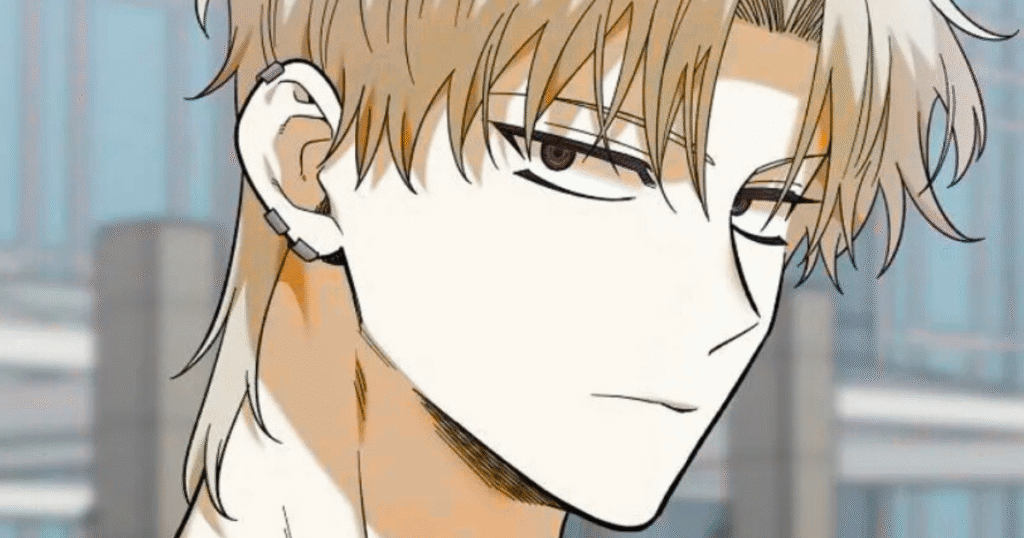
The plot of Childhood Friend Complex by Bato intricately focuses on how the longstanding friendship between Ha-neul and Mincheol evolves into a complicated romantic relationship.
The story begins with their easy camaraderie as childhood friends, rooted in years of shared memories and emotional support. However, the dynamics shift dramatically after a significant one-night encounter sparked by misunderstandings and growing but unspoken feelings.
What makes the plot particularly compelling is how it navigates the awkward tension that arises when the boundaries between friendship and romance blur.
Ha-neul struggles with her feelings of embarrassment and confusion after their intimate night, while Mincheol experiences a mixture of regret, vulnerability, and an earnest desire to clarify his intentions.
This emotional push and pull drives much of the narrative, highlighting the challenges of transitioning roles without losing the foundation of trust they have built.
Throughout the series, small details such as moments of jealousy, accidental revelations, and heartfelt conversations highlight the complexity of their relationship.
These scenes contribute to a realistic and relatable portrayal of how childhood friends might confront the risks and rewards of becoming something more.
The plot balances humor, drama, and heartfelt sincerity, maintaining an engaging pace that appeals to fans of romance slice-of-life manga and slow burn romance storytelling.
Challenges and Conflicts in Childhood Friend Complex
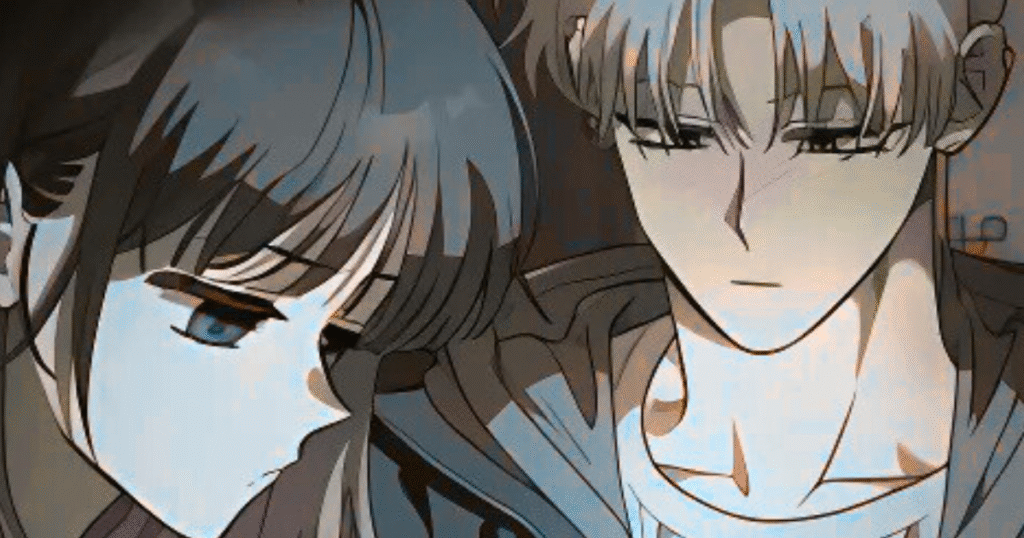
One of the most compelling aspects of Childhood Friend Complex by Bato is how it realistically portrays the challenges that come with transitioning from childhood friends to romantic partners.
The story carefully explores the emotional struggles faced by Ha-neul and Mincheol as they navigate this uncertain territory. Their relationship is complicated by misunderstandings, insecurities, and external influences, which add layers of tension and realism to the narrative.
A key conflict arises after a pivotal intimate moment between the two, which brings their feelings into focus but also sparks confusion and hesitation. Both characters grapple with the fear of losing their deep friendship if things don’t work out romantically.
Mincheol, in particular, experiences guilt and anxiety, which lead him to withdraw and create distance, frustrating Ha-neul and leaving their relationship in a painful limbo. At the same time, other characters and circumstances complicate their interactions, intensifying the slow-burn romance and emotional stakes.
This portrayal of conflict is not driven by exaggerated drama but rather by the relatable fear and vulnerability that many readers recognize from personal experiences with complicated relationships.
These challenges highlight the delicate balance between holding onto the past and embracing uncertain futures, making Childhood Friend Complex a sincere and emotionally engaging story in the romance slice-of-life genre.
The Impact of Supporting Characters and Secondary Relationships
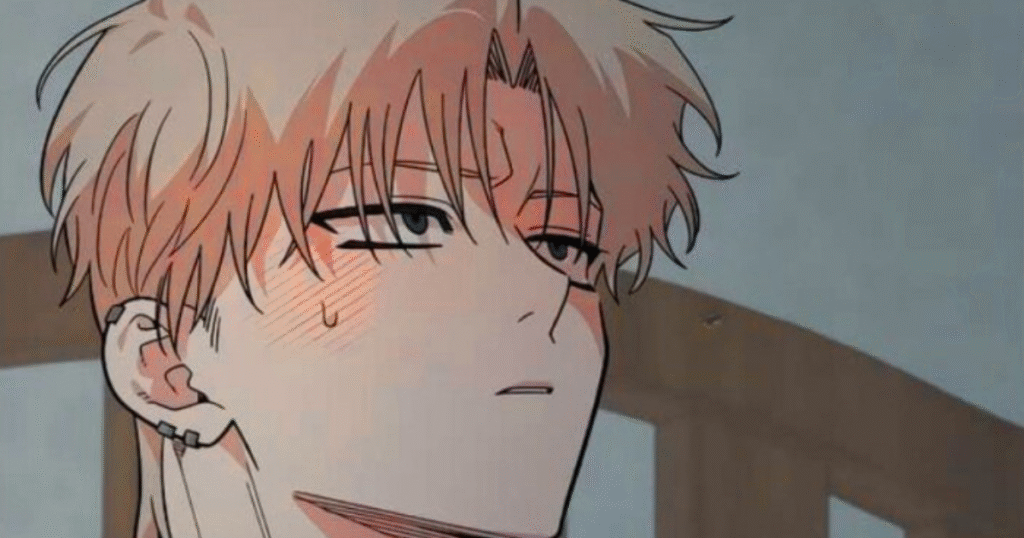
In Childhood Friend Complex by Bato, supporting characters and their relationships play a crucial role in enriching the main storyline and adding emotional complexity. While Ha-neul and Mincheol are the central figures, the presence of secondary characters, such as friends, potential rivals, and family members, influences their journey from friendship to romance significantly.
These additional characters provide contrast and highlight different facets of romantic and platonic dynamics. For example, the introduction of a second male lead creates tension and jealousy, adding layers of conflict that test Ha-neul and Mincheol’s bond.
This external pressure forces them to confront their feelings more directly and reveals insecurities that might have otherwise remained hidden. At the same time, friends and family members offer perspectives that push the protagonists to grow, reflect, or make decisions about their relationship.
Beyond simple plot devices, the secondary relationships mirror themes of trust, communication, and the fear of change that pervade the main narrative. They enrich the story’s slow burn by showing the protagonists’ connection against a broader social backdrop, making the emotional stakes feel more realistic and relatable.
Through this network of relationships, Childhood Friend Complex deepens its portrayal of what it means to evolve from childhood friends to something more complicated a transition made all the more meaningful by the influences, challenges, and support embodied by those around Ha-neul and Mincheol.
The Art Style and Visual Storytelling
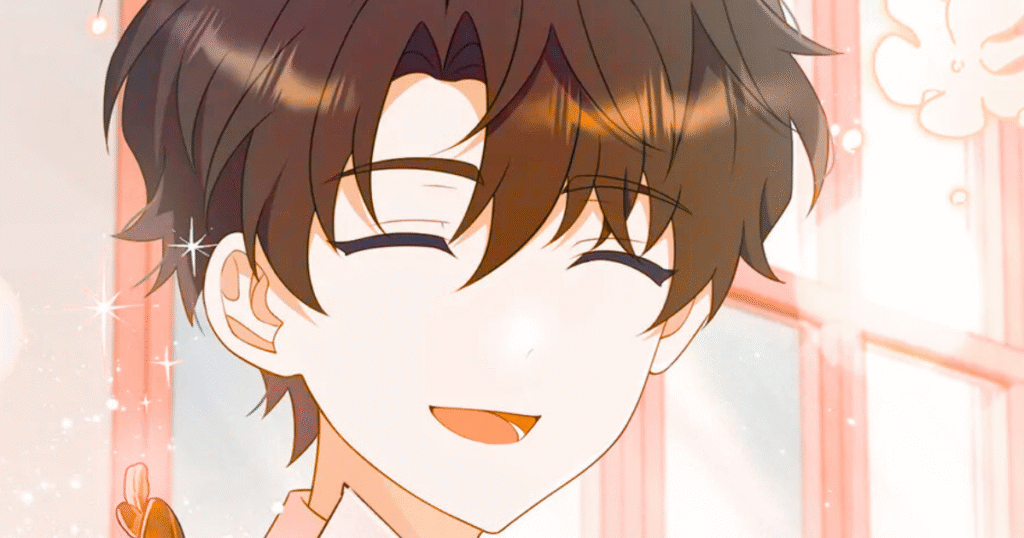
In Childhood Friend Complex by Bato, the art style plays a significant role in enhancing the emotional impact and narrative subtlety. Bato’s illustrations are detailed and expressive, focusing on the characters’ facial expressions and body language to convey feelings that sometimes go unspoken in the dialogue.
This visual approach deepens the reader’s understanding of Ha-neul and Mincheol’s complex relationship, capturing moments of tenderness, hesitation, and tension with remarkable finesse.
The use of soft shading and delicate line work complements the slow burn romance theme, creating a warm and intimate atmosphere throughout the manga. Scenes of everyday life are rendered with attention to detail, emphasizing the mundane yet meaningful interactions that build the foundation of their evolving bond.
Bato’s art also excels in pacing; quieter moments are given space to breathe visually, allowing readers to linger on the emotional nuances.
The visual storytelling effectively balances romantic and comedic elements, using subtle changes in posture or eye contact to add depth without overwhelming the narrative with melodrama.
Through expressive character designs and thoughtful panel layouts, Childhood Friend Complex enriches the reading experience by making the emotional journey visually tangible and immersive.
The Emotional Resonance and Reader Connection
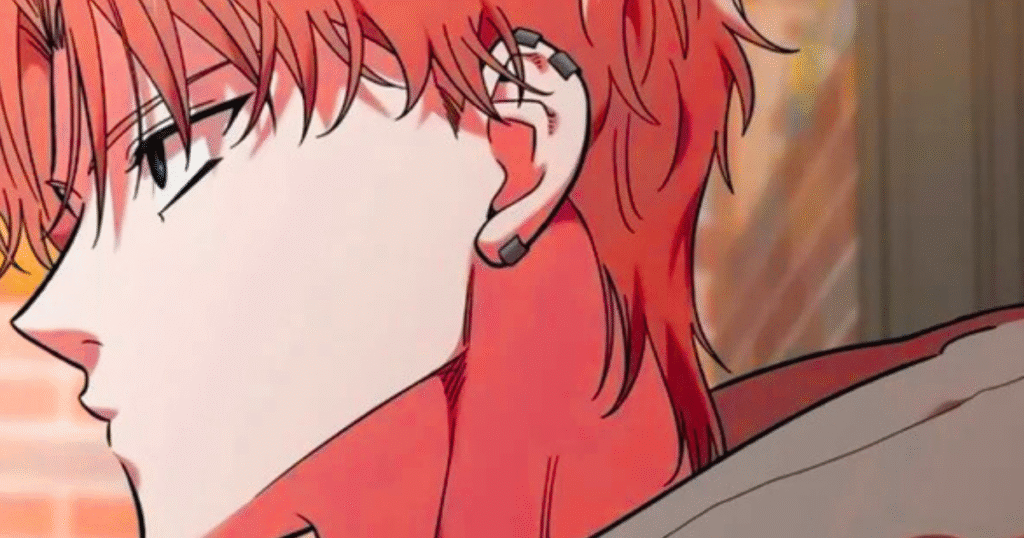
One of the strongest appeals of Childhood Friend Complex by Bato lies in its ability to deeply resonate with readers through authentic emotional storytelling. The manga captures the universal experience of navigating the uncertain space between friendship and love, a theme many can relate to from personal experience. This emotional resonance is achieved by portraying the characters’ vulnerabilities and their fears of risking a cherished friendship for something more.
The story doesn’t just depict romantic moments; it delves into the inner turmoil of Ha-neul and Mincheol as they wrestle with jealousy, misunderstandings, and the pressure of unspoken feelings. Readers often find themselves reflecting on their own relationships and the complexities of growing emotional attachment, which makes the manga not only entertaining but also emotionally impactful.
Bato’s nuanced portrayal of these feelings invites readers to empathize with the characters rather than passively observe them. This connection is enhanced by the gradual unfolding of their relationship, allowing readers to savor every hesitant step and each subtle change in dynamic. The manga’s sincere exploration of love’s complicated beginnings leaves a lasting impression, making it a meaningful read for anyone who appreciates romance stories grounded in genuine human emotions.
Childhood Friend Complex stands out for how it makes readers feel understood and invites them to cherish the delicate, often messy transition from friendship to love. This emotional depth is a key reason why it has earned a devoted audience among romance slice-of-life manga fans and beyond.
Conclusion
Childhood Friend Complex by Bato is a heartfelt and nuanced exploration of the delicate shift from childhood friendship to romantic love. Through its relatable characters, slow burn romance, and authentic emotional storytelling, the manga offers readers a rich and satisfying experience. The believable struggles of Ha-neul and Mincheol, combined with Bato’s expressive art and thoughtful pacing, make this series stand out in the romance slice-of-life genre. Whether you’ve experienced a similar dynamic or simply enjoy stories about complex relationships, Childhood Friend Complex is a touching and memorable read that beautifully captures the bittersweet journey of growing up and falling in love.
FAQs About Childhood Friend Complex Manga Bato
What is Childhood Friend Complex Manga Bato about?
Childhood Friend Complex is a romance manga by Bato that follows the evolving relationship between two childhood friends, Ha-neul and Mincheol. Their deep friendship is tested as feelings of love gradually develop, leading to both heartfelt and challenging moments.
Who are the main characters in Childhood Friend Complex?
The main characters are Ha-neul, a thoughtful and resilient young woman, and Mincheol, her long-time friend who is cheerful but hides his vulnerabilities. Their dynamic forms the emotional core of the story.
What genre does Childhood Friend Complex belong to?
This manga is primarily categorized as romance and slice-of-life. It emphasizes realistic character development, emotional storytelling, and the friends to lovers trope.
Is Childhood Friend Complex a slow burn romance?
Yes, the manga is well-known for its slow burn approach, gradually building romantic tension and depth through everyday moments and subtle character interactions.
Who is the creator of Childhood Friend Complex?
The manga is written and illustrated by Bato, who is praised for expressive art and nuanced character portrayal.
Where can I read Childhood Friend Complex?
It is available on popular webtoon platforms and manga reading websites. Make sure to read from official or licensed sources to support the creator.
What makes Childhood Friend Complex stand out from similar manga?
Its realistic depiction of relationship transitions, layered characters, and emotionally honest storytelling set it apart from other romance and slice-of-life series.
Are there any notable supporting characters in the series?
Yes, various friends, family members, and even potential rivals add complexity to the main relationship, enriching the plot and emotional stakes for Ha-neul and Mincheol.
Is this manga suitable for all ages?
While appropriate for most teens and older readers, some mature themes around relationships and emotions make it best suited for young adults and up.

